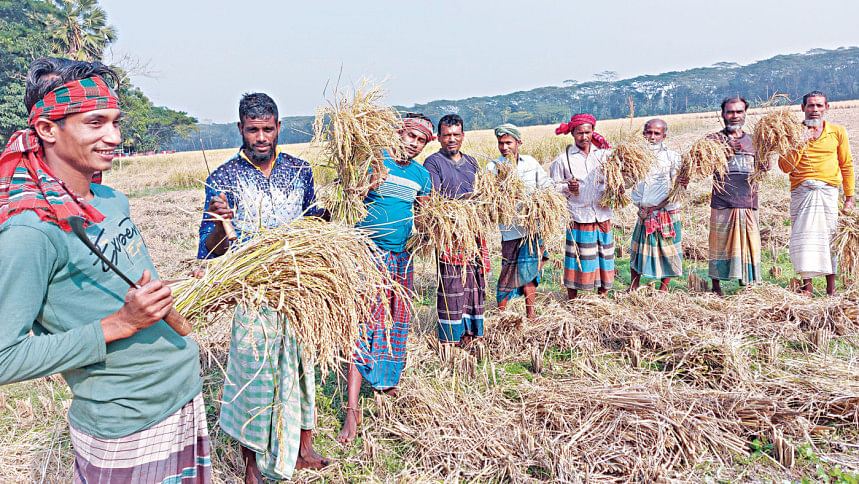Rice and maize prices up globally, wheat down

Average wheat prices were 5 per cent lower year-on-year in December, while it was up 9 per cent for maize and 12 per cent for rice, according to the World Bank's Food Security Update.
Maize and wheat prices are 28 per cent and 18 per cent higher, respectively, than in January 2021, and rice prices are 11 per cent lower.
The update showed the agricultural and export price indices closed 1 per cent and 6 per cent higher on December 15, respectively, than in the last update prepared on December 1. The cereal price index closed at the same level.
Wheat and rice prices closed 1 per cent and 6 per cent higher, respectively, whereas maize prices were 1 per cent lower over the same period.
According to Agricultural Market Information System, an inter-agency platform based in Rome, La Niña has had varying impacts on yields in key producing regions.
It indicates that price volatility caused by speculation can increase food security risks, especially for low-income countries.
La Niña is described as one of the three phases of the weather occurrence known as the El Niño-Southern Oscillation. This includes the warm phase called El Niño, the cooler La Niña and a neutral phase.
A La Niña develops when strong winds blow the warm surface waters of the Pacific away from South America and towards Indonesia. In their place, colder waters come up to the surface.
The 2022 Global Hunger Index (GHI) indicates that overlapping crises have exposed the weakness of food systems and that global progress against hunger has largely stagnated in recent years.
The impacts of ongoing regional conflicts, climate change, Covid-19, the war in Ukraine, supply chain disruptions, and high and volatile food, fertiliser, and fuel prices have drastically weakened the world's already inadequate, unsustainable food systems, the update said.
As a result, the world is experiencing the third global food crisis in less than two decades. The regions with the highest score in the Index are South Asia and Sub-Saharan Africa, which are considered serious.
Domestic food price inflation continues to remain high in almost all low-, middle-, and high-income countries.
Information from the latest month between August and November for which food price inflation data are available shows 88.2 per cent of low-income countries, 90.7 per cent of lower-middle-income countries, and 93 per cent of upper-middle-income countries have seen inflation levels above 5 per cent, with many experiencing double-digit inflation.
The share of high-income countries with high inflation is also high, with about 81.8 per cent experiencing a surge in food price inflation.
In real terms, food price inflation exceeded overall inflation, measured as year-on-year change in the overall Consumer Price Index (CPI) in 90 per cent of the 161 countries for which food CPI and overall CPI indexes are both available.
In November, year-on-year consumer price inflation for food prices was 73.7 per cent in Sri Lanka, 31.2 per cent in Pakistan, and 8.1 per cent in Bangladesh and Nepal.

 For all latest news, follow The Daily Star's Google News channel.
For all latest news, follow The Daily Star's Google News channel. 



Comments